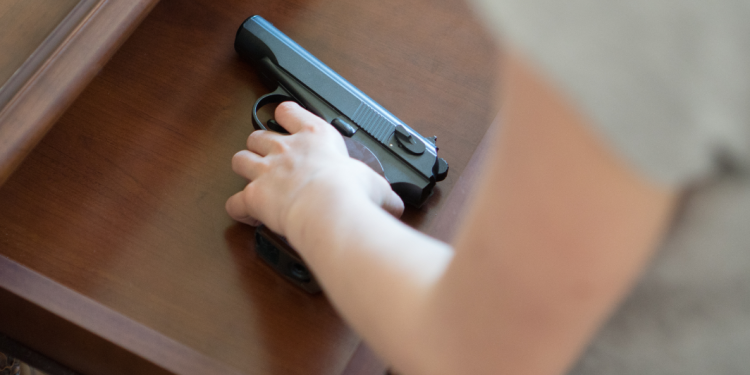(StatePoint) Firearm violence has become the leading killer of children and young adults under 24, surpassing deaths from vehicle collisions since 2017. And while daily headlines emphasize news of mass shootings, most firearms-related deaths and injuries are preventable and occur in a familiar place — at home.
June is National Gun Violence Awareness Month and the American Academy of Pediatrics (AAP) is not only calling attention to the sobering statistics, but is also offering tools for families, communities and governmental entities to help prevent gun violence. Parents can learn more at HealthyChildren.org.
Approximately 40% of U.S. households with children have firearms, of which 15% stored at least one firearm loaded and unlocked, the storage method with the highest risk.
“Firearms are pervasive in America, but we do have reason for hope,” said Dr. Lois K. Lee, a pediatric emergency medicine physician who specializes in injury prevention. “Research has revealed effective ways to prevent or reduce the risks of harm, just as our country did to improve motor vehicle safety. This is a public health epidemic that we can do something about, through a combination of regulation, legislation, education and individual steps like securely storing firearms in the home.”
Pediatric practitioners are encouraged to counsel families, offer mental health screenings and promote secure firearm storage as part of routine visits. As with other consumer products, the AAP supports regulating firearms for safety and notes that national requirements could be established for safe storage, training, licensing, insurance coverage and registration.
State extreme risk protection order laws, also known as “red flag laws,” which prohibit individuals at risk of harming themselves or others from purchasing or owning a firearm by a court order, are also becoming more common.
Evidence shows that the risk of injury or death is greatly reduced when firearms are securely stored, unloaded and locked, with the ammunition locked in a separate place that youth can’t access.
Unfortunately, 40% of U.S. households with children have firearms, of which 15% are stored in the least secure way. One study demonstrated that if 20% of parents who currently store their firearms unlocked instead stored their firearms and ammunition locked away separately, there would be an estimated decrease of up to 122 pediatric firearm-related fatalities and 201 injuries annually nationwide.
Because having firearms at home substantially increases the risk of suicide, homicide and unintentional shootings, the AAP also suggests that families consider storing firearms outside the home completely.
“Even when they’ve been trained not to touch firearms, we know that young children are curious and will often pick up a firearm–and even pull the trigger–if they find it,” Dr. Lee said. “Make sure, wherever your child is going this summer for playdates and vacation–including the homes of relatives–that you ask about how firearms are secured in the home.
“You can frame this as a safety conversation and talk about food allergies and car seats, and then ask about how firearms are stored. But also think about other options if you have concerns–perhaps offer to meet at a park or museum, or invite their child over to your home to play.”
Between 2015 and 2022, there were at least 2,802 unintentional shootings by children age 17 and younger. These resulted in 1,083 deaths and 1,815 nonfatal firearm injuries, nearly all among other kids. And at least 895 preschoolers and toddlers found a firearm and unintentionally shot themselves or someone else during this time.
“Ultimately, we will need a multipronged approach to substantially decrease firearm injuries and deaths among U.S. youth,” Dr. Lee said. “This is a public health epidemic that requires urgent, deliberative action. We must do better–our children deserve it.”




